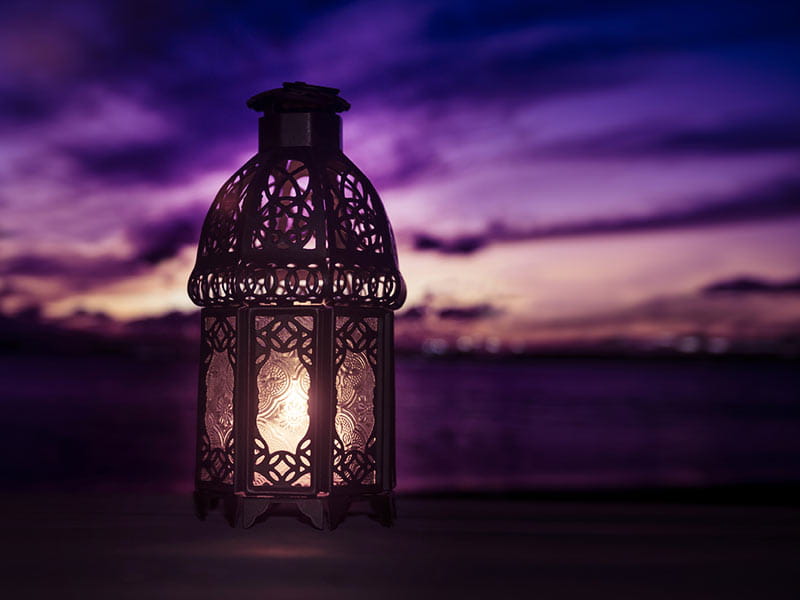
Each year hundreds of thousands of Muslims enter the Saudi Arabian city for the annual event – hajj. Pilgrims retrace the steps of prophets and recount their devotion to God. Each year the amount of participants continue to grow. Here are the facts you should know -
- Islam has five pillars - the hajj is the fifth pillar. It is considered an obligation for every Muslim to perform at least once in their lifetime if they are able. Financial constraints are not necessarily considered a reason to not embark on the hajj - instead issues that pertain to one's health are considered excusable. The hajj is commanded in the Quran - "And pilgrimage to the House is a duty unto God for mankind, for him who can find the way thither" (3:97) - and its rites were established by Muhammad, but Muslim tradition dates it back to Adam and Abraham, who were instructed by angels in the performance of the rites. The hajj was one of the last public acts of worship performed by Muhammad before his death.
- Those who perform the hajj are called hajjis, and sometime these individuals adopt the title in front of their name following their accomplishment of the ritual. The title is recognized highly of within the Muslim culture.
- During the pilgrimage, men are required to wrap themselves in two pieces of white sheet. Women remain in a hijab covering their hair and neck, but those who usually wear face coverings are not allowed to do so during the hajj.
- There is no gender segregation while at the Grand Mosque during the hajj, unlike during many other Muslim rites. Men and women stand side by side in what some have said is meant to show everyone's equality before God. However, after the hajj the gender segregation is again recognized.
- Muslims can visit Mecca and surrounding holy sites any time of the year, but the hajj falls during the eighth and the 12th of the month of Dhul Hijjah, the last month of the Islamic calendar. The ritual at any other time of the year is called "umrah" Umrah means "to visit a populated place."
- The height of the hajj falls during the Islamic festival of Eid al-Adha, a time when Muslims commemorate the Prophet Abraham's willingness to sacrifice his son.
- Nine percent of Muslims around the world said they made the pilgrimage to Mecca, according to a Pew poll. Those living closer to Mecca are more likely to have performed the hajj. 20% of Egyptian Muslims say they have completed the pilgrimage, while just 3% of Indonesian Muslims say they have.
- The hajj has turned into a major industry, as trips can often be pricey. Hajj packages from the U.S. oftentimes run upwards of $5,000 in U.S. currency. On average 14,500 American Muslims complete the hajj each year.
- Officials have been forced in recent years to limit the number of pilgrims, as more and more people have applied in recent years. More than 3.1 million people performed the hajj in 2013. To accommodate the crowd, Saudi authorities have sought to expand the Grand Mosque, which sits around Islam's holiest site, the cube-like building called the Kaaba.
- Many Muslims worldwide have criticized the Saudi government for commercializing and seeking to cash in on the pilgrimage. The Muslims believe the Saudi government is tainting an event that's supposed to be purely holy and self-serving.
- A crane used to expand the Grand Mosque in Mecca toppled over, crashing through the mosque and killing more than 100 people a week before the 2015 hajj was set to begin. The accident has been cited as the deadliest crane collapse in modern history, with the previous most deadly incident being the collapse of a construction crane in New York City in 2008 which killed seven people.
Other tragedies include:
- On July 31, 1987, Iranian pilgrims riot, causing the deaths of over 400 people.
- On July 9, 1989, two bombs exploded, killing one pilgrim and wounding another 16. Saudi authorities beheaded 16 Kuwaiti Shiite Muslims for bombings after originally blaming Iranian terrorists.
- On July 2, 1990, a stampede inside a pedestrian tunnel leading to Mecca led to the deaths of 1402 pilgrims.
- In 1994, another stampede killed 270 pilgrims.
- On February 1, 2004, 244 Muslim pilgrims were killed and another 244 injured in a stampede during the stoning of the devil ritual.
- Several of the primary rituals of the hajj involve the number seven. One of them, known as performing tawaf, involves circling the Kaab seven times. The Kaab is the holiest site in Islam. Pilgrims typically travel back and forth between the hills of Safa and Marwa seven times.
- The hajj goes hand-in-hand with Eid al-Adha, a major holiday for Muslims - including those not performing the pilgrimage. This holiday begins on the 10th day of Dhul Hijjah. Muslims around the world with the financial means to do so traditionally slaughter a large animal, such as a cow, goat or sheep, on Eid al-Adha and distribute portions of the meat to the poor. Additionally, many American Muslims donate to organizations that slaughter animals and give meat to the poor overseas. The ritual sacrifice evokes the Quranic story of Abraham's willingness to sacrifice his son for God.
The Muslims have worked very hard, over the years, to keep the hajj a sacred event. Despite the devastations and financial constraints that the economy has imposed on the population, Muslims continue to allow their faith to drive them towards the bigger picture. As time goes on and modernity progresses, the Muslim community will need to dedicate their efforts towards maintaining the pureness of their life changing pilgrimage.

